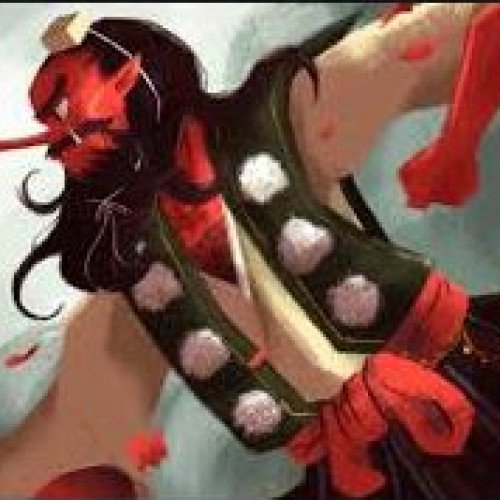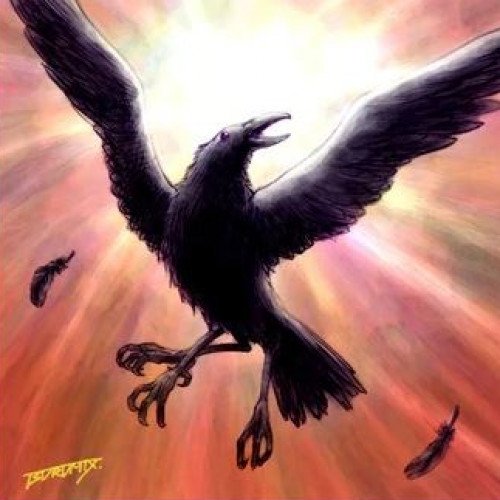Vote on Mythical creatures: Tengu vs Three-legged crow

Tengu
Tengu (Japanese: 天狗, lit. "Heavenly Dog" or "Heavenly Sentinel") are a type of legendary creature found in Japanese folk religion. They are considered a type of yōkai (supernatural beings) or Shinto kami (gods). The tengu were originally thought to take the forms of birds of prey, and they are traditionally depicted with both human and avian characteristics. The earliest tengu were pictured with beaks, but this feature has often been humanized as an unnaturally long nose, which today is widely considered the tengu's defining characteristic in the popular imagination. They are also thought to be a parallel to the Garuda (Sanskrit: गरुड़ Garuḍa; Pāli: गरुळ Garuḷa); a legendary bird or bird-like creature in Hindu, Buddhist and Jain mythology, and influenced by Sarutahiko Ōkami, a native Shinto deity.Buddhism long held that the tengu were disruptive demons and harbingers of war. Their image gradually softened, however, into one of protective, if still dangerous, spirits of the mountains and forests. Tengu are associated with the ascetic practice of Shugendō, and they are usually depicted in the garb of its followers, the yamabushi.
Statistics for this Xoptio

Three-legged crow
The three-legged (or tripedal) crow (simplified Chinese: 三足乌; traditional Chinese: 三足烏; pinyin: sān zú wū) is a creature found in various mythologies and arts of East Asia. It is believed by East Asian cultures to inhabit and represent the Sun. It has also been found figured on ancient coins from Lycia and Pamphylia.The earliest forms of the tripedal crow have been found in China. Evidence of the earliest bird-Sun motif or totemic articles excavated around 5000 B.C. from the lower Yangtze River delta area. This bird-Sun totem heritage was observed in later Yangshao and Longshan cultures. The Chinese have several versions of crow and crow-Sun tales. But the most popular depiction and myth of the Sun crow is that of the Yangwu or Jinwu, the "golden crow".